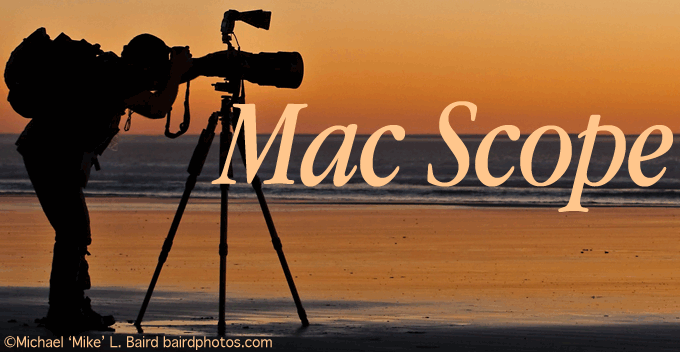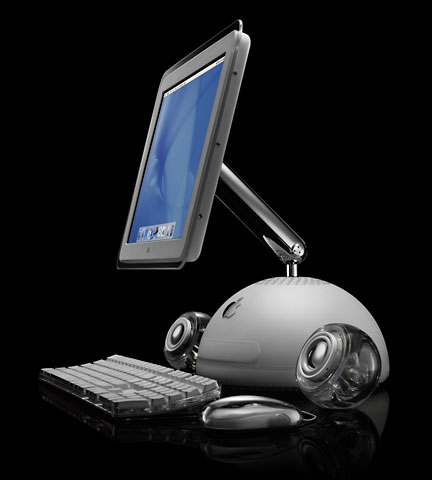2002: As mentioned in my previous article, Apple has been attracting the attention of the mainstream press with its latest iMac. The gushing is much deserved, and hopefully, more people will see Apple in a different light.

While Apple is in the limelight (which has already more or less wound down), Steve Jobs and Co. should be pushing the iMac as a digital hub like there’s no tomorrow.
Currently, the biggest names you hear playing the digital hub game are Apple (iMac), Microsoft (Xbox), and Sony (PS2). However, there are a number of smaller players that have been stepping out of the shadows. Moxi and its Moxi Media Center come to mind.
Like it or not, Apple is at a disadvantage in this game. Not from a technological standpoint, though. If anything, Apple is the best positioned to create a true digital hub.
 The hurdle is that competing digital hub offerings look (I think) much closer to what consumers are expecting a digital hub to be. The Moxi Media Center, Xbox, and PS2 fit perfectly into the living room and look as if they belong there. For all its beauty, the iMac still looks like it belongs in the office, far away from the TV and stereo.
The hurdle is that competing digital hub offerings look (I think) much closer to what consumers are expecting a digital hub to be. The Moxi Media Center, Xbox, and PS2 fit perfectly into the living room and look as if they belong there. For all its beauty, the iMac still looks like it belongs in the office, far away from the TV and stereo.
Apple has two choices. One is to make the next generation iMac look much more like a consumer electronic device. This means drabber colors like black and copper (like Moxi). The other option is for Apple to release an entirely new machine that looks like it belongs in the living room.
As you can see, there are problems with both of these approaches. If Apple chooses the first option, they risk alienating the sizable part of the market that looks to their Mac as a tool rather than an entertainment center. If they select the second option, they risk cannibalizing Mac sales as users who might have bought a Mac might turn toward the cheaper electronic device.
A third option is for Apple to change consumer expectations and try to educate users about the possibilities that lie within their Mac. So far, this appears to be the route Apple is taking.
It’s likely the most difficult road, however, because people get set in their ways, and changing how they think is a very difficult task. A look around a Best Buy will attest to this. Appliances (stoves, washing machines, Cuisinarts) are white, electronic goods (TVs, DVD players, stereos) are black or silver, and computers are (need I say it?) beige, gray, or black.
It’s not easy to change these things. You only have to look back at the furor the original iMac caused when it was released in (gasp!) Bondi Blue.
Whichever strategy they concentrate on, Apple clearly has its work cut out for it. I’ve no doubt that they can rise to the challenge, but it’s going to a bit of a ride.
iCenter anyone?
Update: In January 2005, Apple introduced the Mac mini, a compact (6.5″ square and just 2″ high), G4-powered full-blown Macintosh computer with a hard drive, CD-ROM, USB ports, ethernet, and DVI digital video output. Unfortunately, WiFi and Bluetooth were not standard features ($99 extra), but many of them made their way into the living room, connected to peoples’ flat panel TV sets that were just becoming popular.
keywords: #digitalhub

